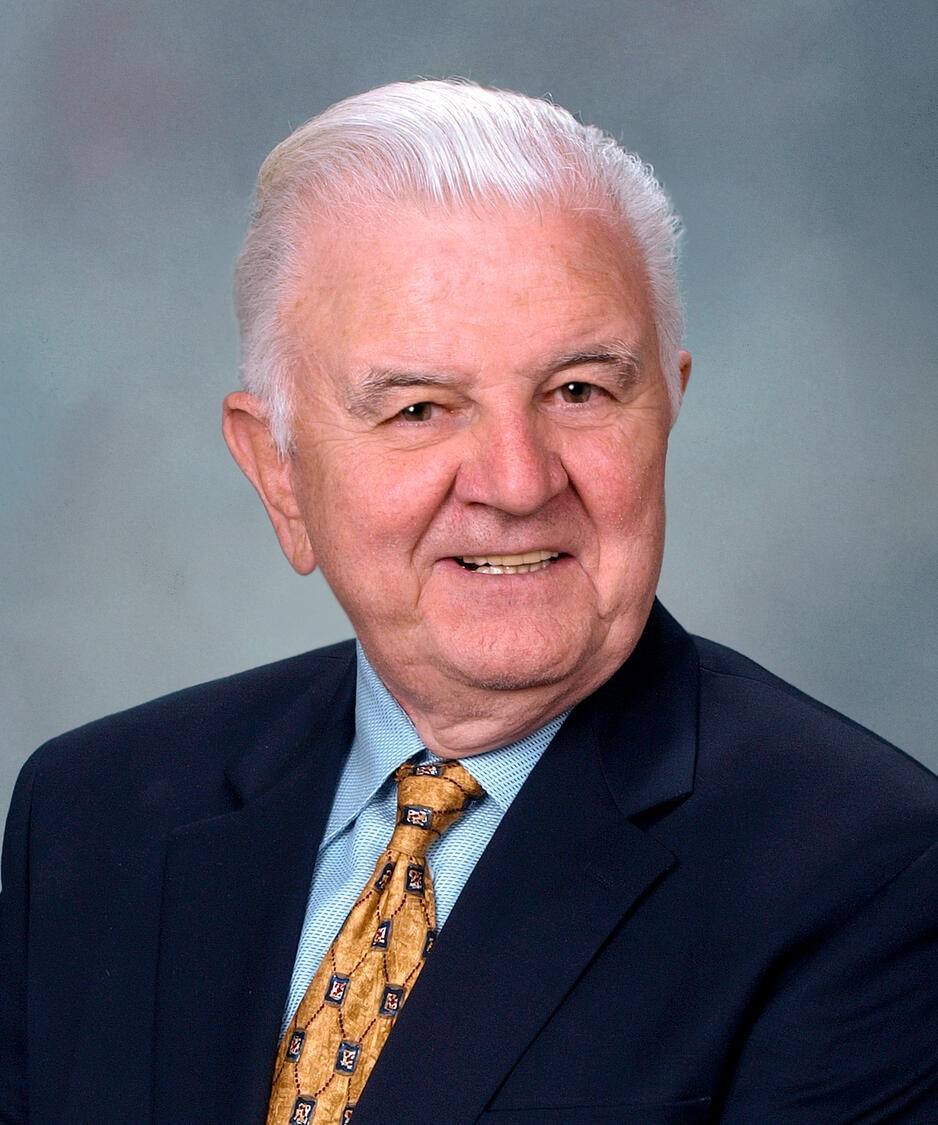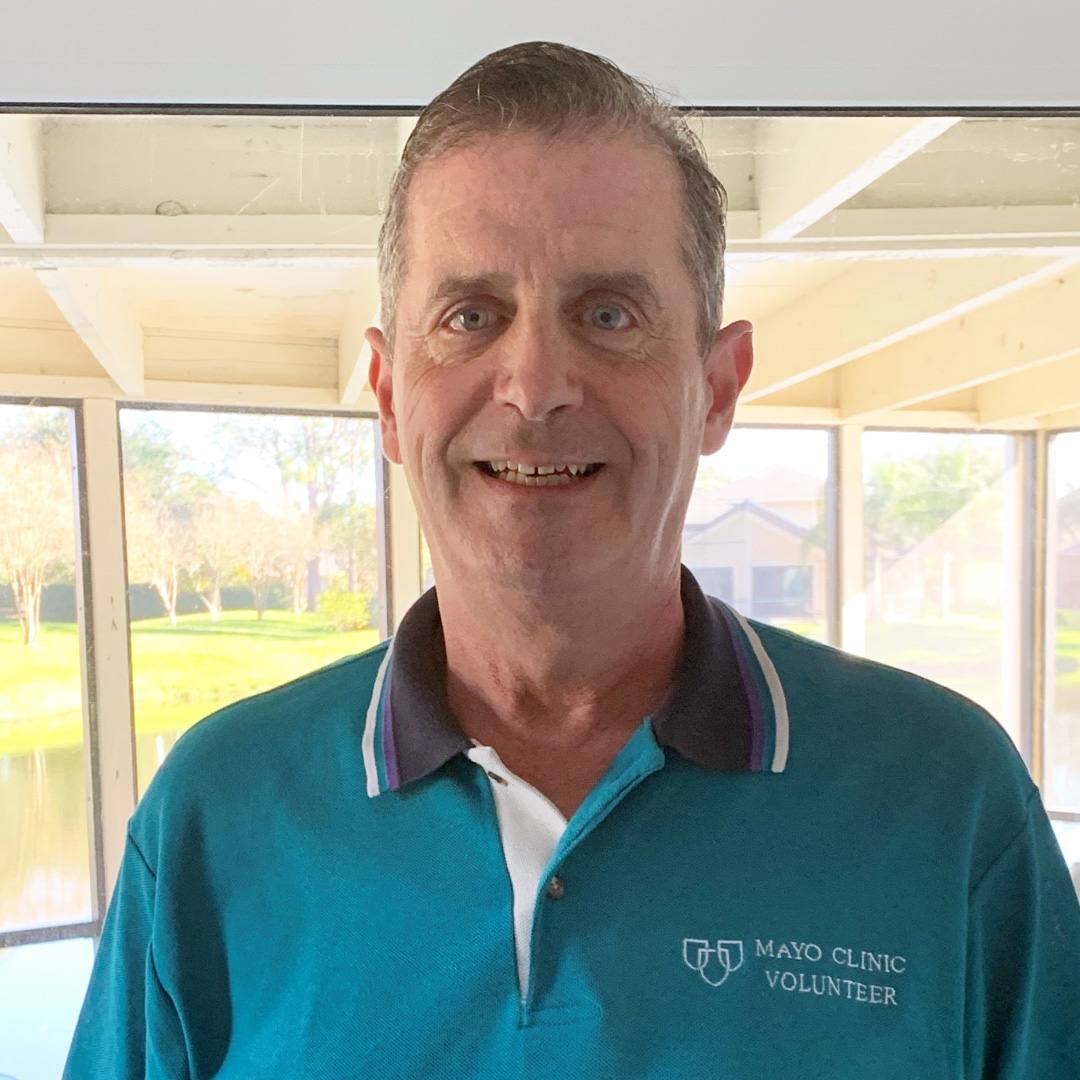-
Featured News
Sharing Mayo Clinic: Spinal cord stimulator ends 17 years of chronic pain

A snowmobile accident left Blake Sunde with limited use of his right arm and triggered severe, chronic pain that lasted for years. But two years ago, a new treatment option changed everything and restored the quality of life Blake had been missing for so long.
When Blake Sunde collided head-on with a snowmobile in 2003, he suffered a devastating injury. The network of nerves that sent signals from Blake's spinal cord to his shoulder, arm and hand — known as the brachial plexus — was ripped apart.
When he was thrown from his vehicle, Blake's shoulder, head and neck were stretched in opposite directions. "That put traction on the nerve roots, and several were pulled out of the spinal cord, including those that control the hand," says Allen Bishop, M.D., a Mayo Clinic orthopedic hand and microsurgery specialist who was part of Blake's care team.
Doctors in the emergency department at the Fargo, North Dakota, hospital where Blake sought care referred him to the Brachial Plexus Clinic at Mayo Clinic in Rochester. After the accident, Blake, who was 20 years old, was unable to extend his right arm or his fingers. He also was in terrible pain and had to take two types of opioid medication to help him bear it.
"In cases like Blake's, the spinal cord injury sends pain signals to the brain that are often chronic and, at times, severe," Dr. Bishop says.
Complex surgery
At Mayo Clinic, Blake's care team, including Dr. Bishop, neurosurgeon Robert Spinner, M.D., and orthopedic surgeon Alex Shin, M.D., recommended a surgical procedure that was new at that time called a double free gracilis muscle transfer. The gracilis is a long muscle extending from the groin to the knee on the inside of the thigh.
"The double gracilis transfer is a complicated, two-stage surgery for patients with complete loss of function in the upper extremity due to a brachial plexus injury," Dr. Shin says. "In the first stage, the brachial plexus is explored. If there are any usable nerve roots, they are grafted with nerves borrowed from the legs to obtain shoulder function. This is followed by transferring or transplanting the gracilis muscle from the opposite side leg."
The gracilis muscle is attached to the collar bone, and the end of the tendon is placed under the biceps tendon and sewn into the finger flexors. Microsurgery is used to connect the artery, vein and nerves.
"Six weeks later, before any function returns from the first surgery, the same side leg gracilis is transferred to obtain wrist extension," Dr. Shin explains. "During this surgery, the chest wall is opened and the nerves between the ribs are used to power the triceps and the gracilis muscle."
After function starts returning — typically nine to 12 months later — follow-up surgeries are performed to improve function.
Unrelenting pain
After he recovered from the surgeries, Blake's right arm function was limited. But he continued to work on his dad's farm. Blake says the injury itself didn't affect him that much. The continuous pain, however, did.
"It was burning, shooting pain. It would start below the shoulder and shoot through my arm like something was driving a nail through it," Blake says. "It felt like someone was crushing my hand. The pain was so intense I could feel my heart skip beats."
After two years of taking prescribed opioids, Blake ended up in his local hospital emergency department with withdrawal symptoms and was weaned off the pain medications. The severe pain continued to disrupt his life. At night, it kept him from sleeping, and Blake had to rely on muscle relaxants to help him rest.
"It was burning, shooting pain. It would start below the shoulder and shoot through my arm like something was driving a nail through it."
Blake Sunde
In 2010, Blake's local physical medicine and rehabilitation doctors referred him to Matthew Pingree, M.D., a physician in Pain Medicine at Mayo Clinic. He suggested Blake try a spinal cord stimulator to see if that would relieve the chronic pain. Dr. Pingree placed the leads into Blake's spinal canal along the back side of the spinal cord using a type of X-ray called fluoroscopy. But the stimulator didn't ease his pain.
"In spite of increasing the stimulation significantly, we were unable to stimulate his injured arm," Dr. Pingree says. With no other treatment options available, Blake continued to live with the pain for another seven years.
Welcome relief
In January 2018, Blake's care team told him about a new type of stimulator that looked promising. That spring, Blake did a trial of the HF-10 spinal cord stimulator, which previously had not been used to relieve pain from his type of injury.
"It's a high-frequency stimulator, which means you can deliver more energy without the patient feeling it," Dr. Pingree says. "Even though his nerve roots were pulled away from his spinal cord, the HF-10 stimulator was able to provide relief."
It was the solution Blake needed. "During the trial, my pain was reduced by 75%," Blake says.
Blake had a permanent HF-10 spine stimulator implanted in June 2018, and it's made a world of difference. "Since we implanted him, he's been able to stop all of his pain medications," Dr. Pingree says. "He sleeps better, and he's a different person."
"Waking up and knowing that I'm not going to be in pain all day has been amazing."
Blake Sunde
Then, in September 2019, Blake had the opportunity to take advantage of another advance in technology. Surgeons updated Blake's stimulator to a new model that is 30% smaller and has a battery that only takes 20 minutes to charge. Blake, now a father of two who owns an agricultural drainage and heavy construction business, says his experiences at Mayo Clinic over the years have been second to none.
"Dr. Pingree has been great. He's very honest and open, and has always been very professional," Blake says. "And the way Mayo schedules your appointments and coordinates your lab work is seamless. When you have bloodwork done, you don't wait two weeks for your results. You have them in a matter of hours."
But Blake is most grateful for the pain-free days he now enjoys, made possible by the nerve stimulator he received at Mayo Clinic. "I had been living with this pain for so long that I didn't know what life was like without it," he says. "The benefits are hard to put into words. Waking up and knowing that I'm not going to be in pain all day has been amazing."
HELPFUL LINKS
- Learn more about spine stimulation.
- Read about Pain Medicine and Neurosurgery at Mayo Clinic.
- Connect with others talking about chronic pain on Mayo Clinic Connect.
- Explore Mayo Clinic.
- Request an appointment.







